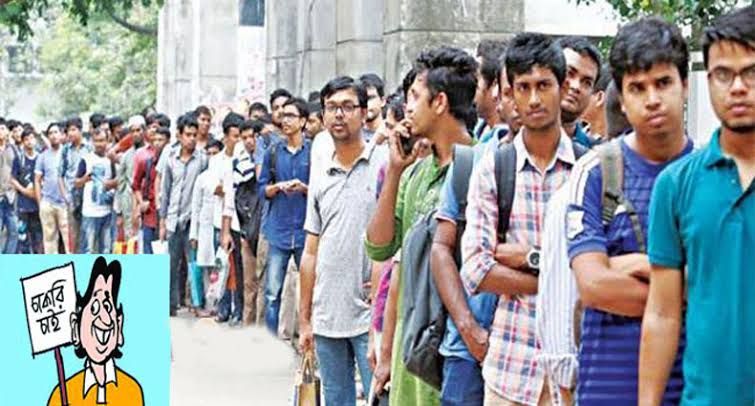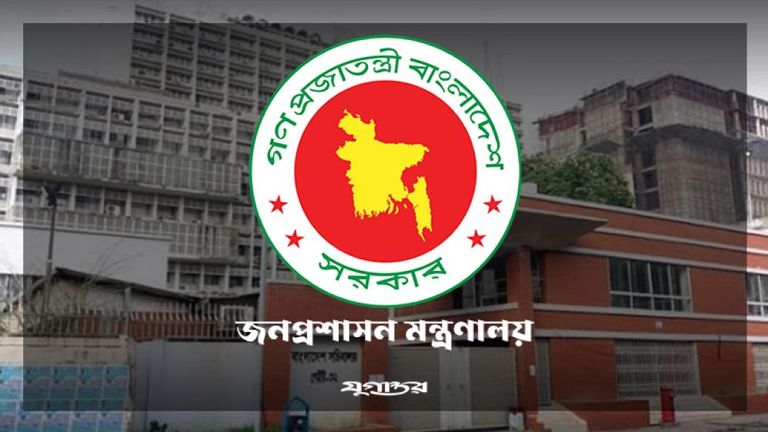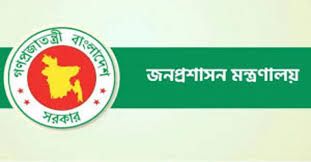
Bismillaher Rahmanir Rahim.
Assalamu Alaikum Wa Rahmatullahi Wa Barakatuhu
Dear Companions Today I want to share with you some words about the evils of killing foetuses.Welcom to this post and congratulations to all
The Ministry of Public Administration (MoPA) plays a pivotal role in the effective governance and management of public sector operations. Its primary function is to oversee the civil services, implement administrative reforms, and ensure efficient management of public resources. In many countries, the ministry is tasked with improving government policies, enhancing public sector performance, and ensuring transparency, accountability, and good governance. Below is a detailed explanation of the ministry’s core functions, its management structure, and the role of its leadership.
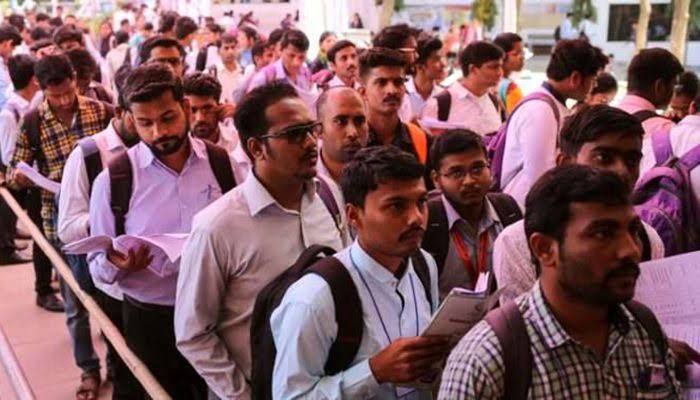
source
Functions of the Ministry of Public Administration
The Ministry of Public Administration serves as the backbone of a country’s administrative apparatus. Its key responsibilities are divided into several broad categories:
- Policy Formulation and Administrative Reforms
The ministry is responsible for the creation, implementation, and evaluation of policies aimed at improving public administration. This includes drafting new administrative regulations and reviewing existing laws to ensure they align with the evolving needs of the public sector.
The ministry frequently leads reform initiatives aimed at modernizing the civil service, cutting bureaucratic red tape, and improving public service delivery. These reforms help make the government more responsive, efficient, and transparent. - Civil Service Management
One of the core functions of the Ministry of Public Administration is to manage the civil service. This includes overseeing recruitment processes, employee training, career development, and the promotion of public servants.
It ensures that the civil service operates within a set framework of rules and standards that promote meritocracy, integrity, and professionalism.
It also handles matters related to the welfare of public employees, such as pensions, leave policies, and other benefits.
- Capacity Building and Human Resources Development
The ministry designs and implements capacity-building programs for civil servants at various levels. These programs aim to improve their technical, managerial, and leadership skills, ensuring that public servants are equipped to meet the challenges of modern governance.
It fosters partnerships with international organizations and institutions to bring global best practices into the national administrative system. - Digital Transformation and E-Government Initiatives
Many Ministries of Public Administration are at the forefront of promoting digital transformation within government. They spearhead e-government initiatives that aim to make public services accessible online, improve data management, and enhance communication between government agencies and the public.
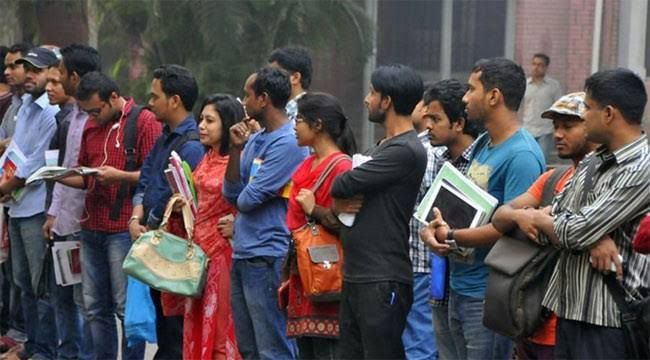
source
This digital push is crucial for improving efficiency, reducing costs, and ensuring quicker delivery of services to citizens.
- Public Sector Accountability and Good Governance
The ministry plays a significant role in promoting transparency, accountability, and ethical governance in the public sector. It may coordinate with anti-corruption bodies or implement codes of conduct for public servants.
It often leads initiatives aimed at reducing corruption, promoting open government, and encouraging civic participation in decision-making processes.
- Public Sector Organization and Structure
The ministry manages the organization and structure of the public sector, including the creation of new governmental agencies or departments. It often oversees the restructuring or downsizing of certain government units to improve efficiency and reduce redundant functions.
The ministry also ensures that public organizations are aligned with the government’s broader development objectives. - Public Grievance Redressal
The ministry is typically responsible for establishing mechanisms through which citizens can lodge complaints about public services. These grievance redressal systems are crucial for maintaining trust between the government and the people.
It may also monitor the responsiveness of various government agencies to public complaints and ensure that corrective actions are taken in a timely manner.
Management and Leadership of the Ministry of Public Administration
Organizational Structure
The Ministry of Public Administration typically has a hierarchical structure, with different departments and divisions specializing in various areas of public administration. The ministry may consist of the following key departments:
Department of Civil Service Administration: Manages the recruitment, training, and evaluation of civil servants.
Department of Policy and Planning: Focuses on policy development, reform initiatives, and strategic planning for the public sector.
Department of IT and Digital Transformation: Leads the implementation of e-governance projects and digital services.
Department of Human Resources Development: Focuses on building the capacity of public servants through training and development programs.
Department of Public Grievance Redressal: Ensures that complaints from the public are handled effectively and promptly.
Leadership of the Ministry
At the helm of the Ministry of Public Administration is typically a Minister, who is a senior member of the government or cabinet. The Minister’s role is largely political, responsible for setting the overall direction of the ministry, advocating for policy changes, and representing the ministry in front of the legislature or the public.
The day-to-day operations of the ministry are managed by a senior civil servant, often referred to as the Secretary of Public Administration or Permanent Secretary. This official is responsible for the technical and administrative aspects of running the ministry. The Secretary ensures that the ministry’s policies are implemented effectively and that its operations run smoothly. The Secretary also plays a key role in advising the Minister on policy matters and coordinating with other government departments and agencies.
In some countries, the ministry may also have Deputy Ministers or State Ministers who assist the Minister in specific areas of public administration. These individuals may focus on civil service reforms, digital transformation, or other specialized tasks.
Head of the Ministry of Public Administration
The head of the Ministry of Public Administration, typically the Minister, is a senior political appointee, often a Member of Parliament or part of the government’s cabinet. They are appointed by the Head of State (e.g., the President or Prime Minister) and serve as a key figure in the government’s administration.
The Minister’s role includes:
Setting the strategic direction of the ministry.
Representing the ministry in cabinet meetings and other high-level government discussions.
Advocating for and presenting the ministry’s policies before the legislature.
Engaging with the media and the public on matters related to public administration.
The Minister works closely with the Permanent Secretary or Secretary of Public Administration, who oversees the technical and operational aspects of the ministry’s functioning. While the Minister focuses on political leadership, the Secretary ensures that the ministry's policies and programs are implemented efficiently
source
The Ministry of Public Administration plays a crucial role in enhancing the efficiency and accountability of government operations. By managing civil services, spearheading digital initiatives, implementing reforms, and ensuring good governance, the ministry acts as the central force behind public sector modernization. The Minister and the Secretary of Public Administration, together with other officials, work collaboratively to improve government services and ensure they meet the needs of citizens in a timely and effective manner.

